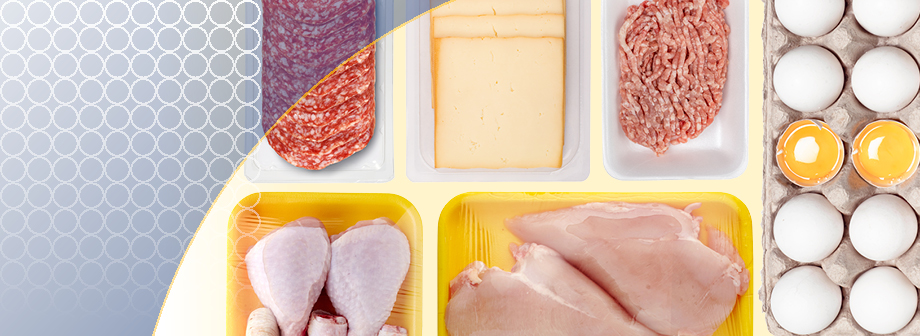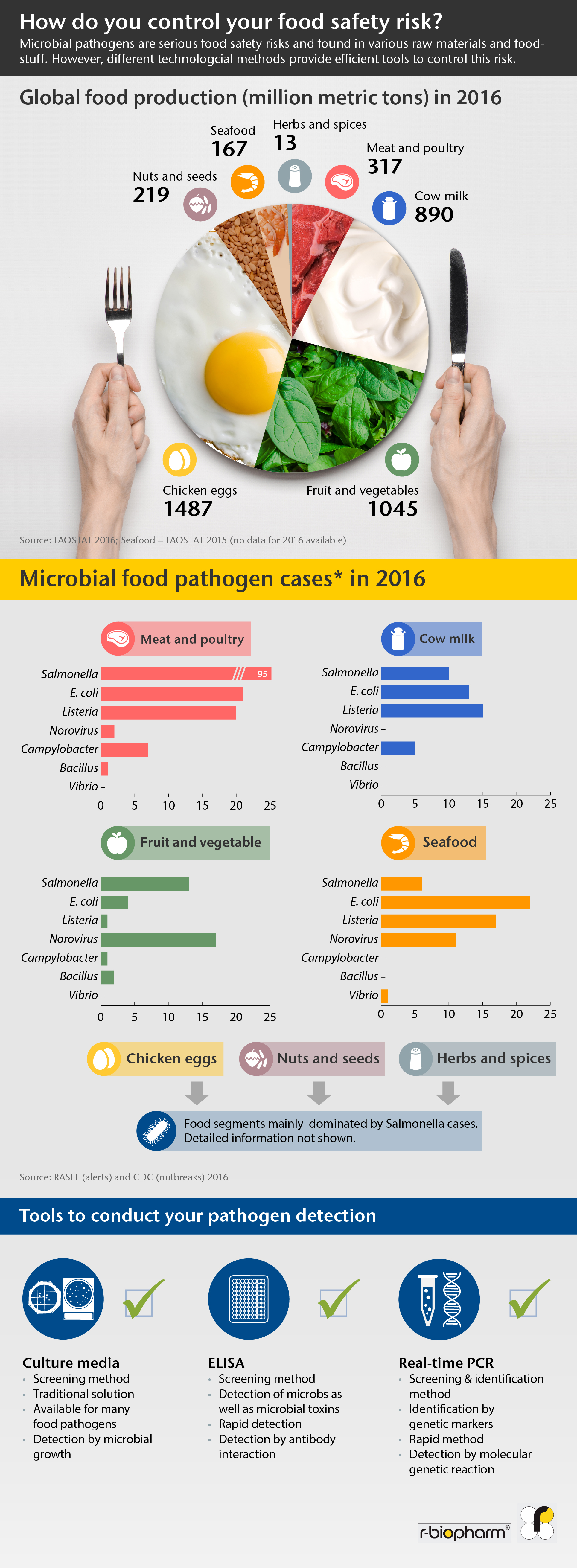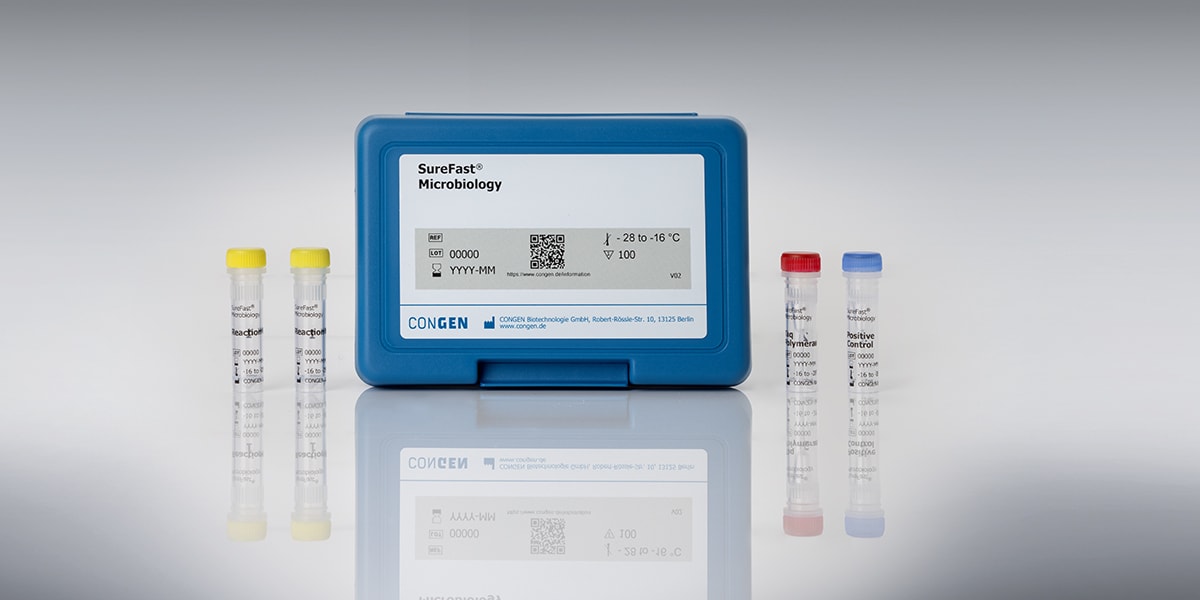
Recent news in Food & Feed Analysis
- Home
- /
- How effective is your...
How effective is your Salmonella monitoring?

Salmonella is the most common cause of food poisoning in the EU with over 100,000 reported illnesses every year. During the warm months, the number of cases increases.
Salmonella especially occurs in raw eggs, meat and dairy products. Foodstuffs such as mayonnaise, minced meat, salami, raw ham, unpasteurized cheese, tiramisu or ice cream are therefore particularly vulnerable. However, Salmonella has also been found in fish, seafood, fruit, vegetables, sprouts, chocolate, nuts, spices, herbs and feed. Contamination may take place at various points of the production process. Strict compliance with hygiene measures at production, transport, storage, processing and sales is essential to prevent expensive recalls. This also includes an effective screening to quickly detect bacterial contamination.
Salmonella detection made easy – with PCR
Traditional microbiological detection methods by means of cultivation require multiple incubation periods and therefore provide results only days later. A faster option is real-time PCR, a molecular biological method which detects the bacterial DNA. This method is not only reliable and efficient, but also very easy to perform, as demonstrated by SureFast® Salmonella ONE. In our video, Ronald Niemeijer explains how it works: https://www.youtube.com/watch?v=4qltxzJnTjcBesides Salmonella, there are numerous other pathogenic microorganisms that can lead to contamination of food. The following infographic gives an overview:
Get the whitepaper!
There’s more! Download our free whitepaper to get in-depth information on regulations, contamination risks, hygiene measures and detection methods for Salmonella.Please fill out this form to receive the whitepaper:

